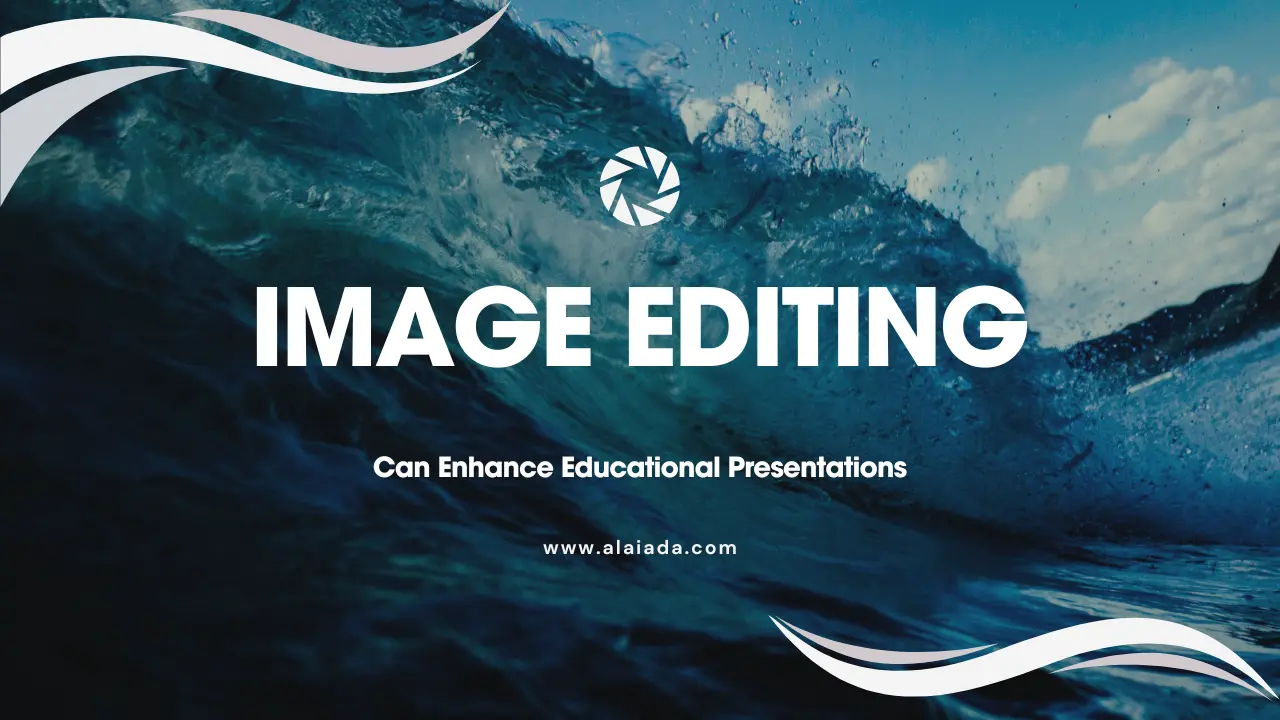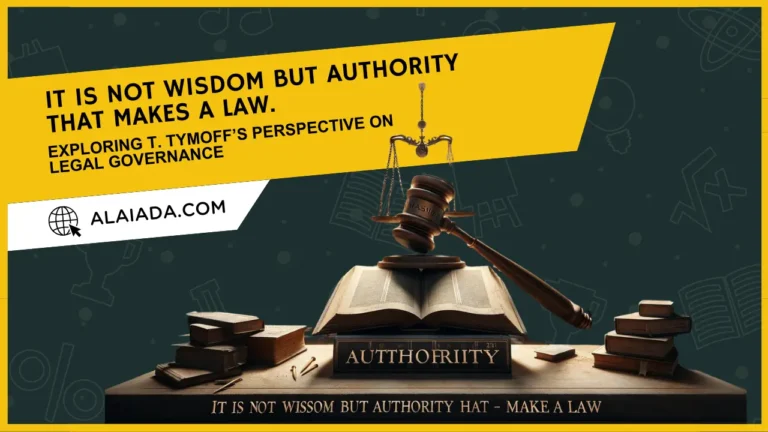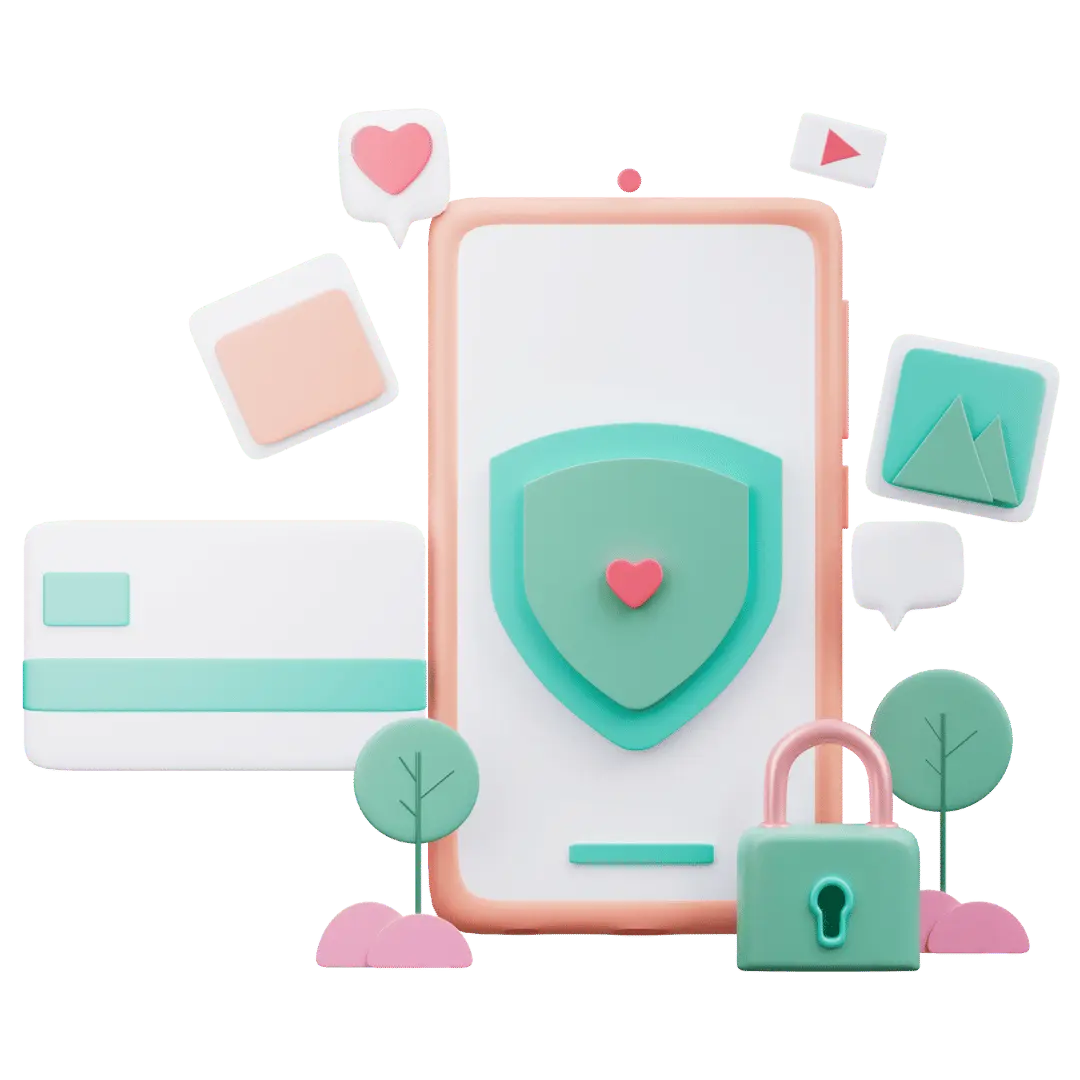How Image Editing Can Enhance Educational Presentations

Have you ever looked at a school presentation and thought it was boring or hard to follow? A big reason is that many presentations don’t use images the right way-or at all. But when pictures are edited and used well, they can make even the dullest topic more fun and easy to understand.
In this guide, you’ll discover how image editing can enhance educational presentations and help both students and teachers create something eye-catching, clear, and effective.
Why Pictures Matter in Presentations
When someone looks at a presentation, their brain notices pictures before words. A colorful chart or a simple photo can explain more in a few seconds than a long paragraph ever could. This is because images help us remember things better.
For students, using the right picture can make facts easier to learn. For teachers, good visuals help explain tricky ideas. When they’re edited to look clean and neat, they can turn a regular slideshow into something that people will enjoy looking at.
Editing Tools Make a Big Difference
There are many tools that can help you fix, crop, or add effects to your pictures. Some are free and simple, like the editing tools built into phones or school computers. Others, like Canva or Pixlr, give you more choices.
These tools let you remove parts of the picture you don’t need, brighten dark images, or add text on top. Editing tools also help you make every picture match your topic. That way, your slideshow doesn’t just look like random images thrown together-it looks like a story.
Adding Text That Helps, Not Distracts
One cool trick many students use is adding words directly onto images. This can be a title, a label, or a short fact. But you have to be careful.
If the text is too small, people can’t read it. If it’s too big or in a bright color, it might hurt your eyes.
The key is to pick a simple font, use clear words, and choose colors that don’t clash. When done right, text on images can guide the viewer’s attention and make your message even stronger.
Why Background Removal Can Be Helpful
Sometimes the background of a photo can be messy or distracting. Maybe people are walking by, or things that don’t fit with the lesson. Using editing tools, you can remove the background and keep only the part that matters.
For example, if you’re talking about animals, you might want to show just the animal without the zoo behind it. This makes the picture cleaner and helps your audience focus on what’s important.
Color Fixes Make a Big Change
Imagine a photo that’s too dark to see or one that looks too yellow. It doesn’t help your presentation if people can’t tell what’s going on in the image. That’s where color fixing comes in.
Editing tools let you brighten a photo, change the color tone, or sharpen blurry parts. These small changes can make a big difference. A clean, bright photo grabs attention and keeps your audience focused.
How to Resize a Photo in Minutes
One of the most helpful tricks in image editing is knowing how to make your picture the right size. If your image is too big, it might take up the whole screen. If it’s too small, no one will notice it.
Luckily, you can learn how to resize a photo in minutes using editing tools that are easy to find. This helps your pictures fit perfectly on your slides. You don’t need to be a tech expert to do it-it’s quick and simple once you try.
Fun Effects and Filters Can Add Style
Some students like to add filters to make their pictures look old-timey or more modern. Others use shadows or borders to make the image stand out. These effects can add fun to your presentation.
But be careful not to go overboard. Too many filters can make your slide hard to understand. Just one or two little effects can add just the right amount of style without becoming a distraction.
Help Different Learning Styles
Not everyone learns the same way. Some people understand best by reading. That’s why adding good images is so useful.
A well-edited picture can explain an idea to someone who might not get it just by hearing or reading about it. For teachers, this means their lessons can reach more students. For students, it means their projects can connect with more people.
Save Time by Reusing Edited Pictures
Once you’ve edited a picture, you don’t always have to start over the next time. You can save your images and use them in other school work.
This saves you time and helps keep your style the same across many projects. If your class is doing group work, everyone can use the same set of edited photos to make sure their slides look connected and clear.
Practice Makes You Better at Editing
The first time you try editing pictures, it might take a little while. But that’s okay. Like anything else, the more you do it, the faster and better you get.
Soon, you’ll be able to add text, crop, resize, and fix colors without even thinking about it. Your presentations will start to look more polished, and people will notice. It’s a great skill to have, not just in school, but in other parts of life too.
Unlocking the Power of Images in the Classroom
Using image editing is not just about making things pretty. It’s about making your message strong, clear, and easy to remember. When you use the right tools and tricks, your school projects and classroom lessons can go from okay to amazing.
Whether you’re adding text, cleaning up a photo, or learning how to resize a photo in minutes, every little skill helps. These tools are easy to learn and fun to use. Students and teachers can both benefit from creating visual presentations that teach better and look great.
Start Creating Presentations People Will Remember
Now you know how image editing can enhance educational presentations in many exciting and useful ways. From cropping and resizing to adding text and fixing colors, these tools make it easier to share ideas that stick. Whether you’re a student showing off a project or a teacher leading a lesson, editing your images the right way helps your message shine.
Did this guide help you? Browse the rest of this section for more advice on a variety of topics.











